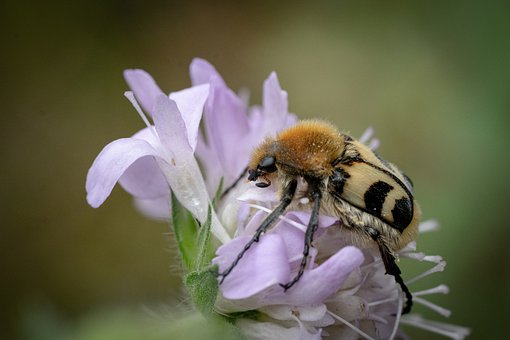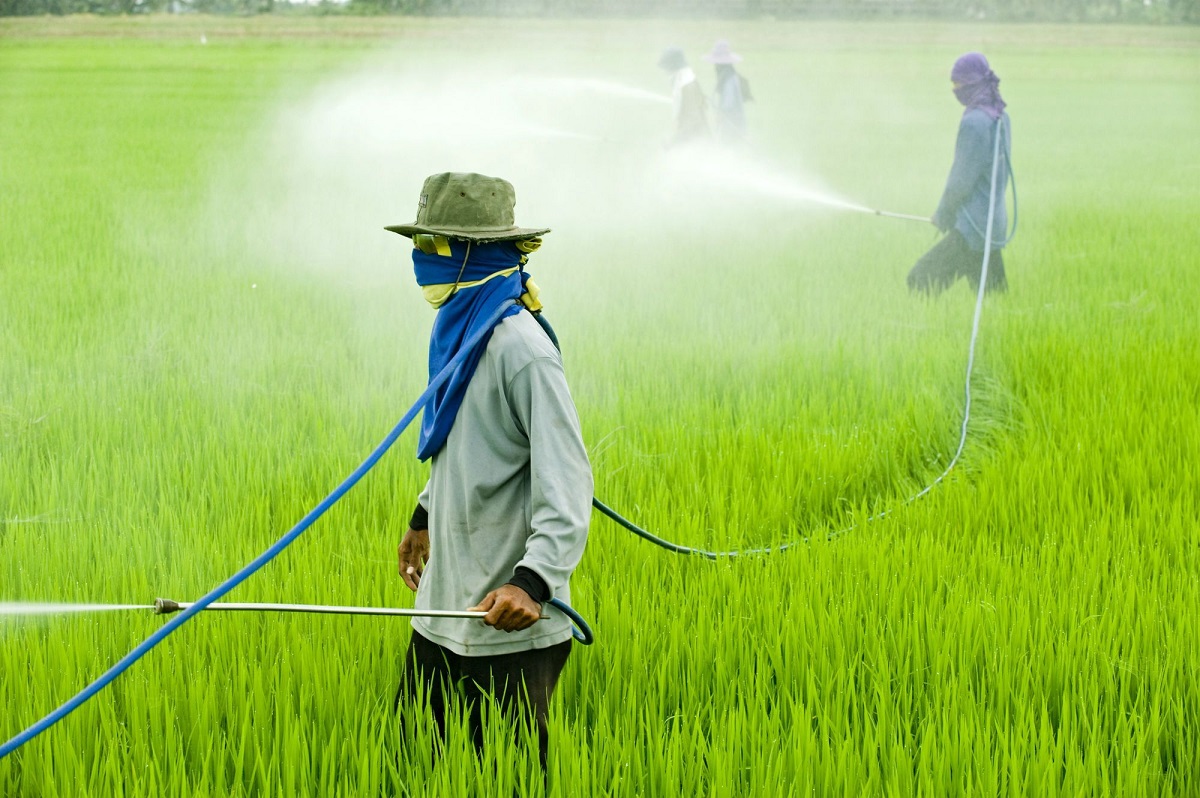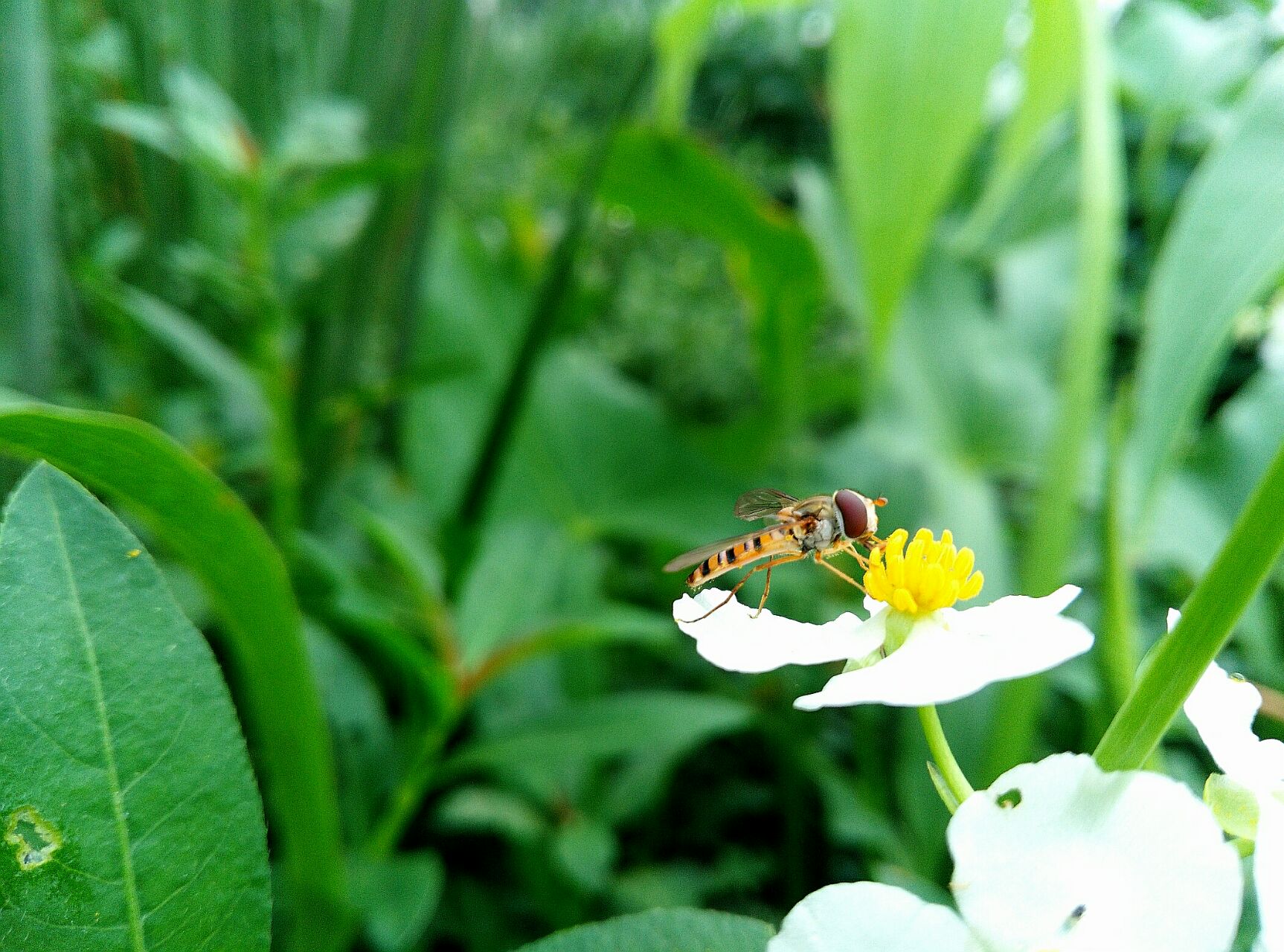
创新背景
为了防止害虫,杀虫剂在农业中被广泛使用。使用杀虫剂的目的是消除攻击作物并使其无用的昆虫,但因为杀虫剂的攻击性对所有昆虫都是无差别的,一些对作物有益的虫子也在杀虫剂下消失,比如那些为水果授粉、使水果更香甜和保护植物免受蚜虫侵害的虫子。
创新过程
一些昆虫授粉有助于提高作物产量,农业生产者在灭杀害虫的同时需要明确田间害虫和有益昆虫的确切位置。哥本哈根大学的研究人员结合光学传感器和机器学习的原理开发了一种新算法,与传感器配合使用可以有效识别具有大量有害昆虫的田地,帮助农业生产者在特定领域内靶向喷洒杀虫剂。

研究开发了一种新的光学传感器,可以利用红外光检测飞虫,从飞行信息上区分昆虫种类。研究对九个昆虫物种进行了分析,然后将其储存在网盒中。然后将测试昆虫放在与面对窗户且平行的凸起平台,平台包含在有机玻璃盒中并与光学传感器的光束高度相同。盒子的一端有一个允许光束进入的孔。大多数昆虫飞向光线时,昆虫通过光束飞向窗户。每批昆虫的飞行活动大约15分钟,然后从盒中收集昆虫,投入新的一批。测量工作进行了几天,直到每个组记录了大约1000个单独的痕迹。每个物种至少获得了371条用于分析的记录。

传感器通过检测昆虫的颜色、翅膀拍打的速度以及身体和翼展的大小比例,合成信息传送到算法中。算法使用的事件平均长度为85.6 ms,对应于11.7 Hz的频率分辨率。从提取的事件中获取了多个特征。神经网络分类的最终数据格式是将低于1 kHz的傅里叶变换的绝对值采样为512个点,各个通道连接成1个×2048个点向量。使用3层神经网络和ReLU激活函数,层结构为2000、1500、1000个节点。最后一层给出了一个具有属于预测类的概率的单个输出。然后通过交叉熵损失函数和标准 Adam 优化器优化网络权重。机器学习算法通过这些信息将昆虫分类为物种组,然后通过计算机或移动设备将结果告知农业生产者。传感器移动可以准确地测量有害昆虫在田间的位置。

光学远程传感器获在油菜作物中发现了大约10000条飞虫记录,并评估了三种不同的分类方法,获得的信号准确率超过80%,证明了从飞行信息对昆虫进行分类是可行的,有助于在空间和时间上优化杀虫剂的应用,最大限度地减少农药的使用。
创新关键点
交叉结合光学传感器和机器学习算法从飞行信息对昆虫进行分类。
创新价值
新的传感器和算法为调查昆虫开辟了新的方法和模式,有助于减少农业使用,令精准农业技术成为可能并保护生物多样性。
Sensor + algorithms are expected to achieve precise insecticide
Some insect pollination helps increase crop yields, and agricultural producers need to pinpoint the exact location of pests and beneficial insects in the field while killing insects. Researchers at the University of Copenhagen have developed a new algorithm that combines the principles of optical sensors and machine learning, and when used in conjunction with sensors, can effectively identify fields with large numbers of harmful insects, helping agricultural producers target sprays of pesticides within specific fields.
Research has developed a new optical sensor that can use infrared light to detect flying insects and distinguish insect species from flight information. The study analyzed nine insect species and then stored them in a mesh box. The test insects are then placed on a raised platform parallel to the window, which is contained in a plexiglass box and has the same beam height as the optical sensor. One end of the box has a hole that allows the beam to enter. When most insects fly toward the light, the insects fly through the beam towards the window. Each batch of insects is flighted for about 15 minutes, then the insects are collected from the box and a new batch is thrown into the batch. The measurements were carried out for several days until about 1000 individual traces were recorded for each group. At least 371 records for analysis were obtained per species.
Sensors synthesize information by detecting the insect's color, the speed at which the wings flap, and the size ratio of the body to the wingspan, and the synthetic information is transmitted to the algorithm. The average length of events used by the algorithm is 85.6 ms, corresponding to a frequency resolution of 11.7 Hz. Multiple features were obtained from the extracted events. The final data format for neural network classification is to sample the absolute value of the Fourier transform below 1 kHz to 512 points, and each channel is connected to a × 2048 point vectors. Using a 3-layer neural network and a ReLU activation function, the layer structure is 2000, 1500, 1000 nodes. The last layer gives a single output with probabilities that belong to the prediction class. The network weights are then optimized by the cross-entropy loss function and the standard Adam optimizer. Machine learning algorithms use this information to classify insects into groups of species and then communicate the results to agricultural producers via computers or mobile devices. Sensor movement can accurately measure the position of harmful insects in the field.
Optical remote sensors found about 10,000 flying insect records in rape crops and evaluated three different classification methods, obtaining signal accuracy of more than 80%, demonstrating that classifying insects from flight information is feasible, helping to optimize insecticide applications in space and time, minimizing pesticide use.
智能推荐
土壤科技创新思维 | 研究发现医疗物质在农用污泥中的化学变化
2022-10-15研究人员将农用污泥中的三种残留医疗物质提取出来进行分析,通过研究污泥中的医用残留净化后的化学变化来探索提升污水净化强度的可能性。
涉及学科涉及领域研究方向生物育种创新思维 | 通过研究遗传参数和甲烷排放量培养气候友好型奶牛
2022-08-22通过测量奶牛农场中的甲烷排放量和二氧化碳排放量了解奶牛排放甲烷的遗传参数,有助于进行动物育种,培养气候友好型奶牛,在保证养殖效益和成本的同时进行有效的环境保护,减少温室气体排放。
涉及学科涉及领域研究方向农药化肥创新思维 | 采用经济阈值减少农药的使用,可保持洋葱产量
2022-08-18康奈尔农业科技公司的研究团队经过一项三年多的大田试验发现,通过采用经济阈值控制农药喷洒的用量,不仅可以减少农药成本,还可以保持产量并缓解害虫的耐药性。此外,研究还发现减少50%至100%的化肥用量不会对洋葱产量有影响。这项研究降低了农民种植洋葱的成本,提升了种植者的竞争力和土地的可持续性。
涉及学科涉及领域研究方向植物保护创新思维 | 寻找更安全的病虫害管理技术
2022-08-18随着人们寻求更大的农场可持续性,为纽约种植者配备最佳的虫害管理工具和技术组合是很重要的。这项研究可以为种植者提供更可靠、更经济的管理有害害虫并保护作物的创新方案,以保护特殊作物,提高经济可行性,同时也保护环境。
涉及学科涉及领域研究方向